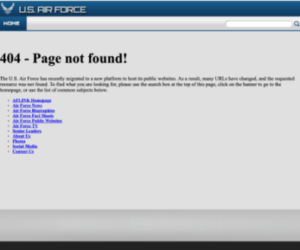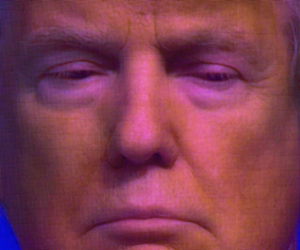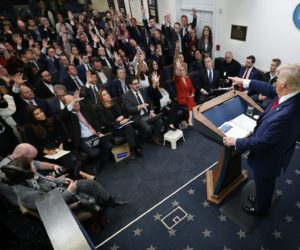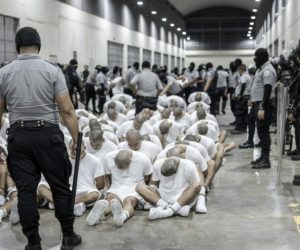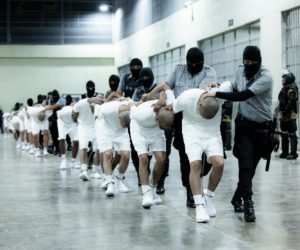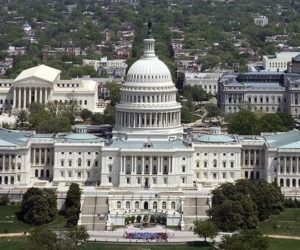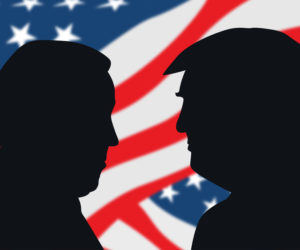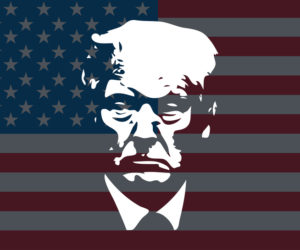Legal challenges are still alive.
A long time ago, December 2005, the New York Times broke a story about the Bush Administration monitoring domestic telephone communications without first obtaining a warrant.[1] The affair, which began no later than 2001, became known as warrantless wiretaps.
Flash forward six years. As 2011 came to a close, the 9th U.S. Circuit Court of Appeals “reinstated a closely watched lawsuit accusing the federal government of working with the nation’s largest telecommunication companies to illegally funnel Americans’ electronic communications to the National Security Agency without court warrants.”
The ruling reads, in part:
In light of detailed allegations and claims of harm linking Jewel to the intercepted telephone, internet and electronic communications, we conclude that Jewel’s claims are not abstract, generalized grievances and instead meet the constitutional standing requirement of concrete injury. [Jewel et al v NSA]
Notable (from the ruling): “Jewel sued federal government agencies and government officers in their official and personal capacities.”
The case was filed by the Electronic Frontier Foundation (EFF).
It was never the intent of the Framers to give the President such unfettered control, particularly where his actions blatantly disregard the parameters clearly enumerated in the Bill of Rights. The three separate branches of government were developed as a check and balance for one another. It is within the court’s duty to ensure that power is never “condense[d] … into a single branch of government.” Hamdi v. Rumsfeld, 542 U.S. 507, 536 (2004) (plurality opinion). We must always be mindful that “[w]hen the President takes official action, the Court has the authority to determine whether he has acted within the law.” Clinton v. Jones, 520 U.S. 681, 703 (1997). “It remains one of the most vital functions of this Court to police with care the separation of the governing powers . . . . When structure fails, liberty is always in peril.” Public Citizen v. U.S. Dept. of Justice, 491 U.S. 440, 468 (1989) (Kennedy, J., concurring)…
Since the Court’s 1967 decision of Katz v. U.S., 389 U.S. 347 (1967), it has been understood that the search and seizure of private telephone conversations without physical trespass required prior judicial sanction, pursuant to the Fourth Amendment…
Finally, although the Defendants have suggested the unconstitutionality of FISA, it appears to this court that that question is here irrelevant. Not only FISA, but the Constitution itself has been violated by the Executive’s TSP.
Judge Anna Diggs Taylor found the program unconstitutional. Subsequently, the White House appealed; the 6th Circuit Court of Appeals ruled that the plaintiffs did not have standing to sue but made no ruling on constitutionality of the program. That decision regarding standing makes the 2011 ruling all the more important.
Also, see Warrantless Wiretaps: A Timeline
[1] The New York Times sat on the story for a year, thereby assuring that it would not be a factor in the 2004 Presidential election.
Jewel v NSA, 9th Circuit Court of Appeals Decision
Known for gnawing at complex questions like a terrier with a bone. Digital evangelist, writer, teacher. Transplanted Southerner; teach newbies to ride motorcycles. @kegill (Twitter and Mastodon.social); wiredpen.com

